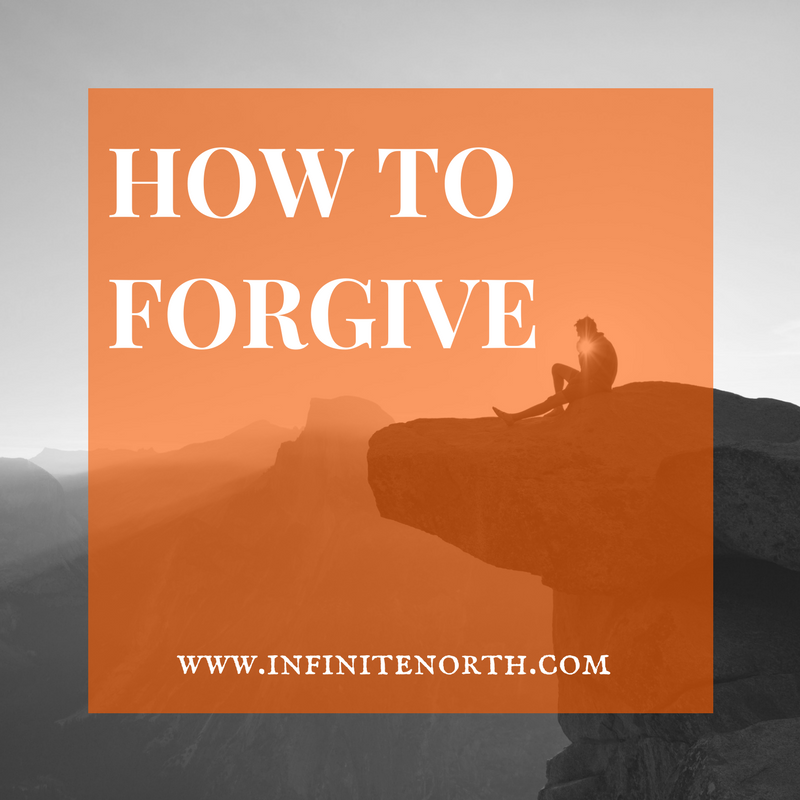Why is it so hard to forgive? Why do so many people refuse to forgive? Why do we try to forgive, but fail to forgive?
Often, a refusal to forgive is about which emotions we’re more comfortable with and which ones we’d rather avoid. It can feel POWERFUL to refuse forgiveness, to hate and judge a person. It creates a sense of control that is easily justified by righteous anger. These feelings of control, power, anger, hate, and righteousness are intense, but many people are more comfortable with these emotions than the alternative.
To seek forgiveness requires vulnerability along with acceptance of the pain, fear, and sadness experienced since the offensive event. It requires genuine compassion (for all parties involved). Those are emotions that can be very uncomfortable, and people are frequently motivated to avoid them.
Forgiveness requires a willingness to feel and accept the pain and discomfort associated with whatever experience created them. It requires a willingness to let go of the righteous anger, and it require a proactive decision and ongoing effort. So, why would anyone do that? Ultimately, the hate, judgment, and anger required to resist forgiveness takes its toll and does little in terms of effectively addressing the underlying pain. When the anger fizzles out or the hate seeps into other relationships, to pain of the original situation remains. Forgiveness, on the other hand, cultivates acceptance and compassion – which we can always use a little more of, especially in the face of adversity.
Once you’ve gotten to a place where you’re committed to forgiving, you can get down to doing the actual work. The Greater Good Science Center at UC Berkeley has a wealth of resources for cultivating mental and emotional well-being, and they’ve put together a step-by-guide to forgive that will lead you through the process.


